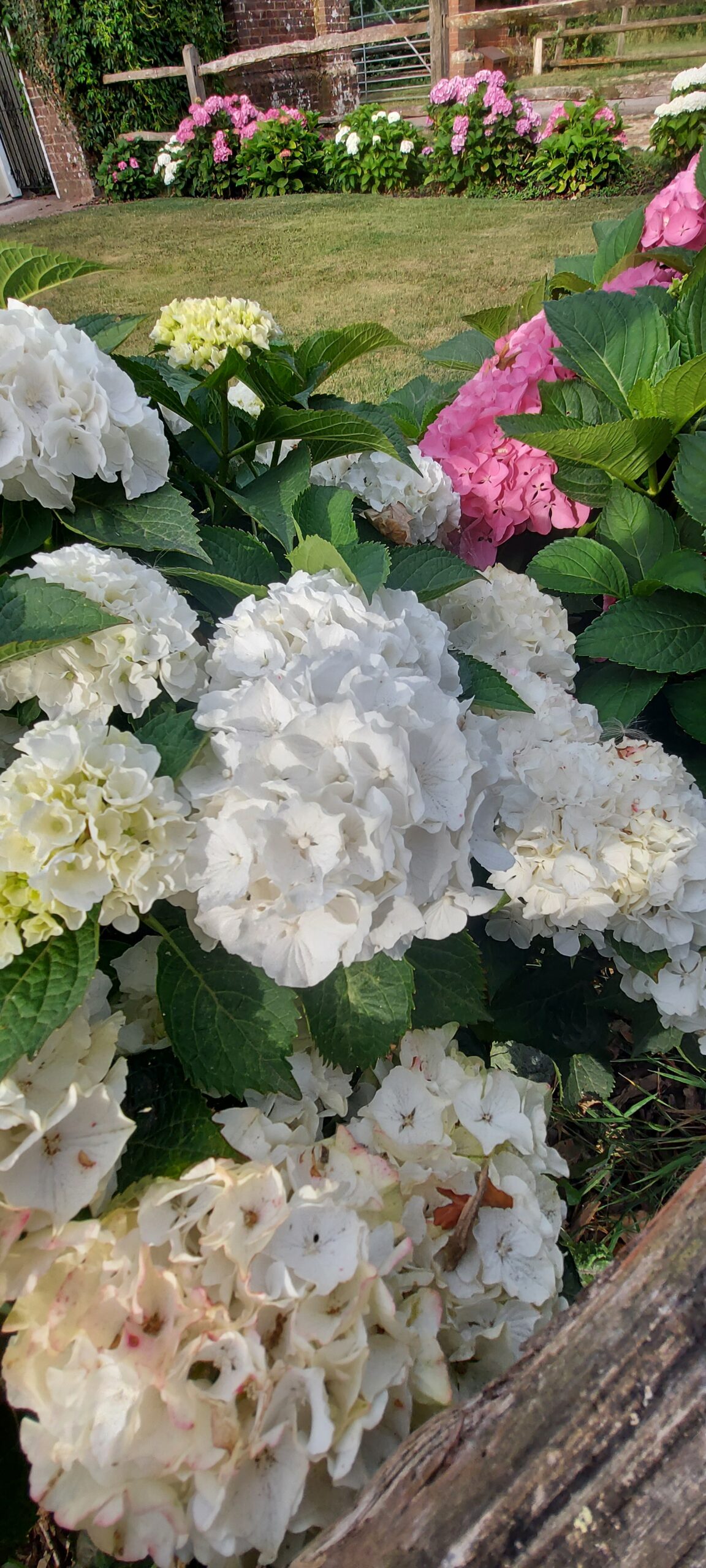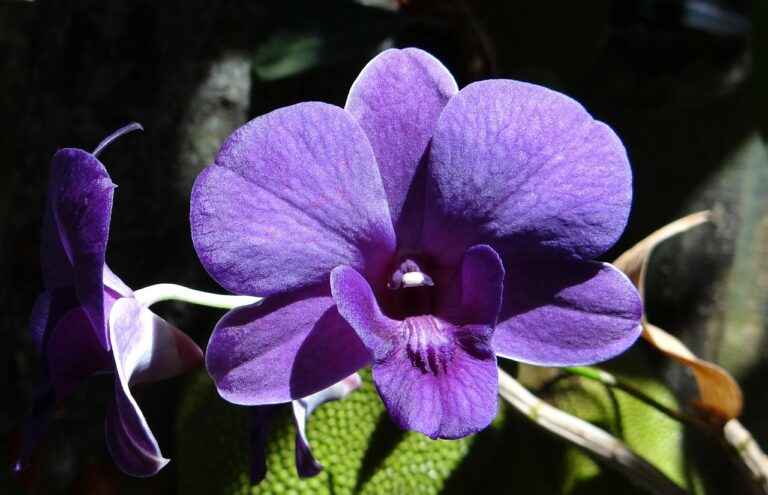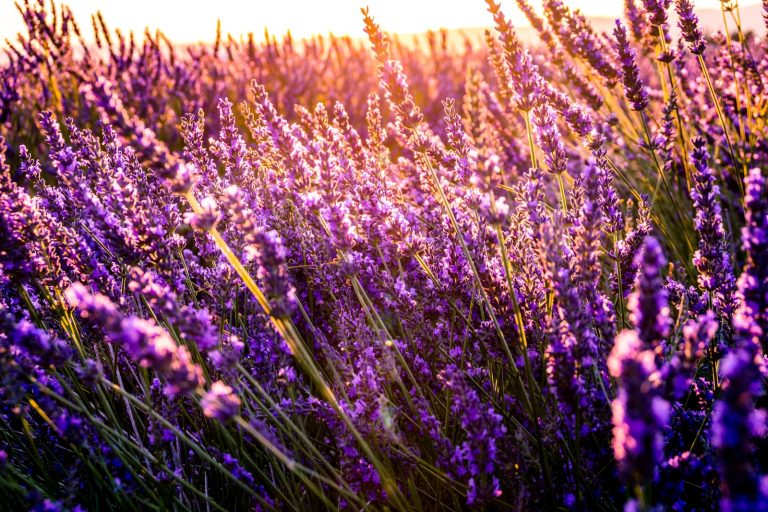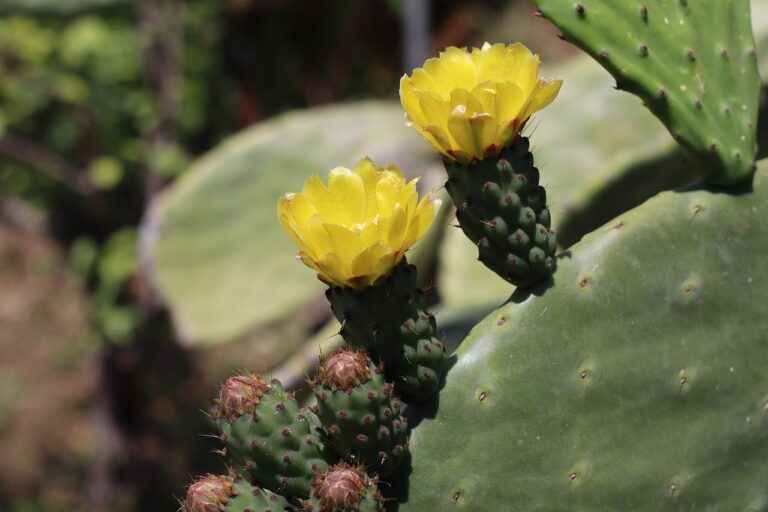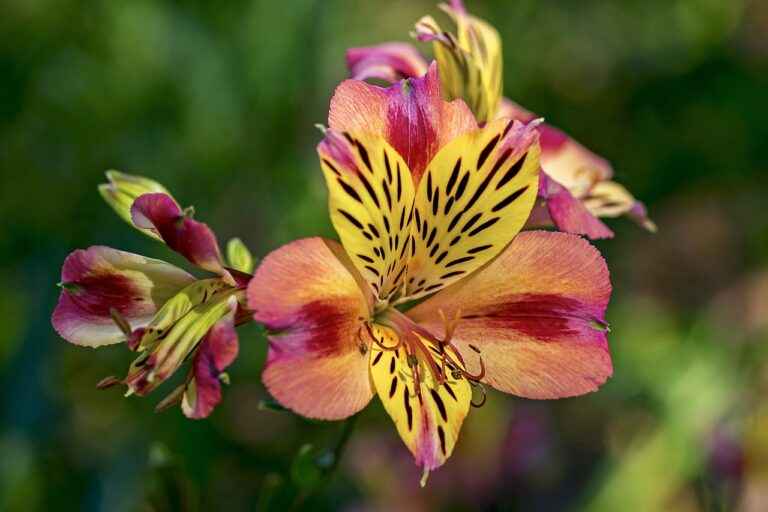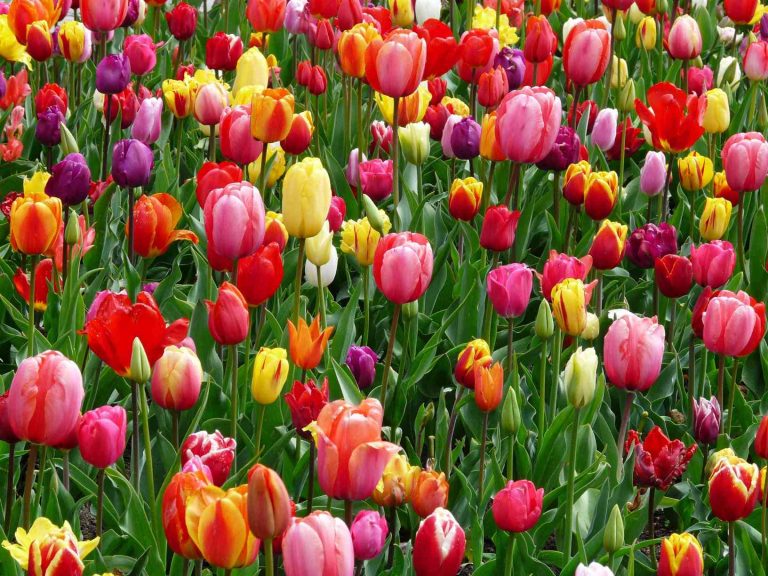How long does Hydrangea live ?
Hydrangeas are beautiful flowering shrubs that are beloved by gardeners and enthusiasts worldwide. These popular plants are known for their large, showy flower clusters and their ability to thrive in a variety of climates.
If properly cared for, hydrangeas can live for many years, bringing beauty and joy to your garden. In this article, we will explore the lifespan of hydrangeas and provide some insights into how to maximize their longevity.
The lifespan of hydrangeas can vary depending on several factors, including the species, growing conditions, and the care provided. In general, hydrangeas are considered long-lived plants that can survive for several decades. With proper care, it is not uncommon for hydrangeas to live for 20 to 30 years or even longer.
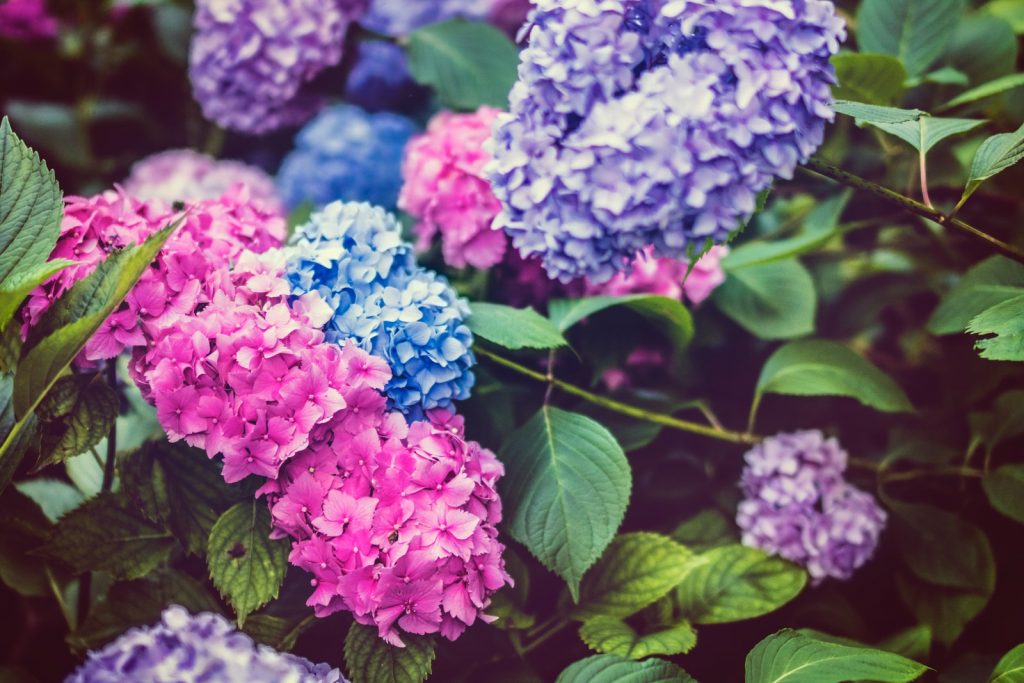
One of the critical factors in determining the lifespan of hydrangeas is the species or variety you choose. Different hydrangea species have varying characteristics and life expectancies. For example, the commonly cultivated mophead hydrangea (Hydrangea macrophylla) is known to be long-lived, while other species, such as the oakleaf hydrangea (Hydrangea quercifolia), can also have a considerable lifespan.
The growing conditions provided to hydrangeas also play a significant role in their longevity. Hydrangeas generally prefer well-drained soil that is rich in organic matter. They thrive in partial shade, although some varieties can tolerate more sunlight. Adequate moisture is crucial for their growth, especially during hot summer months. Regular watering and mulching can help maintain soil moisture levels and protect the roots from extreme temperatures.
Pruning hydrangeas is another essential aspect of their care. Knowing the specific pruning requirements for your hydrangea variety is crucial, as improper pruning can reduce their lifespan. In general, hydrangeas should be pruned after flowering, removing any dead or damaged wood and thinning out overcrowded branches. This practice promotes healthy growth and helps prevent disease and insect infestations.
Hydrangeas can also benefit from fertilization. Applying a balanced, slow-release fertilizer in spring can provide the necessary nutrients for healthy growth and development. However, it is crucial not to over-fertilize, as excessive nutrients can lead to weak growth and reduced lifespan. Always follow the recommended dosage and timing instructions provided by the fertilizer manufacturer or consult a gardening expert.
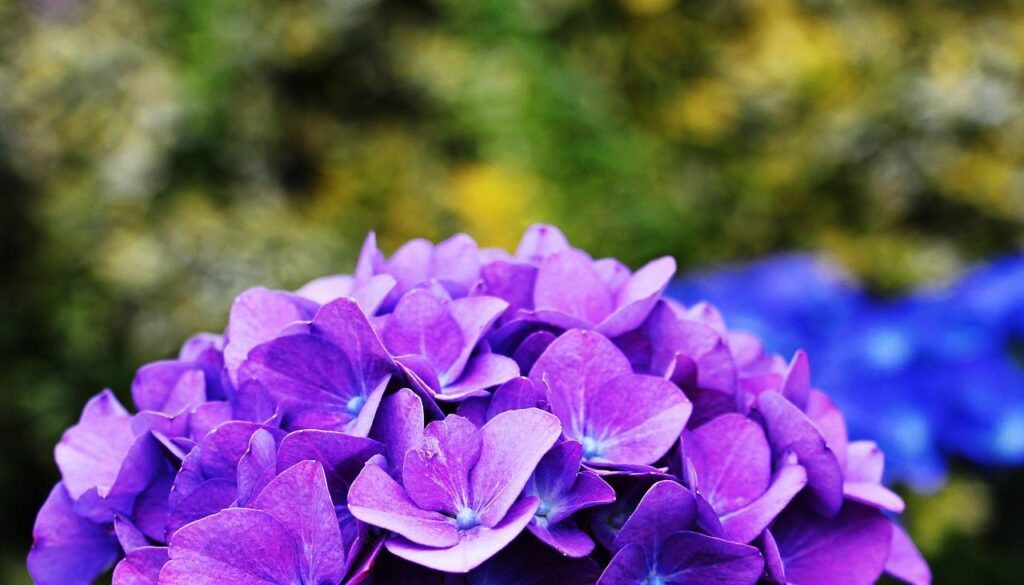
Proper protection from pests and diseases is essential for the long-term health of hydrangeas. Common pests that can affect hydrangeas include aphids, spider mites, and various caterpillars. Regular inspection and early intervention can help control these pests and prevent them from causing significant damage.
Additionally, some fungal diseases, such as powdery mildew or root rot, can affect hydrangeas. Ensuring proper air circulation, avoiding overhead watering, and promptly treating any signs of disease can help maintain their health and longevity.
Hydrangeas have the potential to live for many years when provided with the right growing conditions and care. Choosing a long-lived variety, providing appropriate soil, water, and light conditions, proper pruning, fertilization, and protection from pests and diseases are key factors in maximizing the lifespan of hydrangeas. By following these guidelines and dedicating time and attention to their care, you can enjoy the beauty of hydrangeas in your garden for decades to come.

